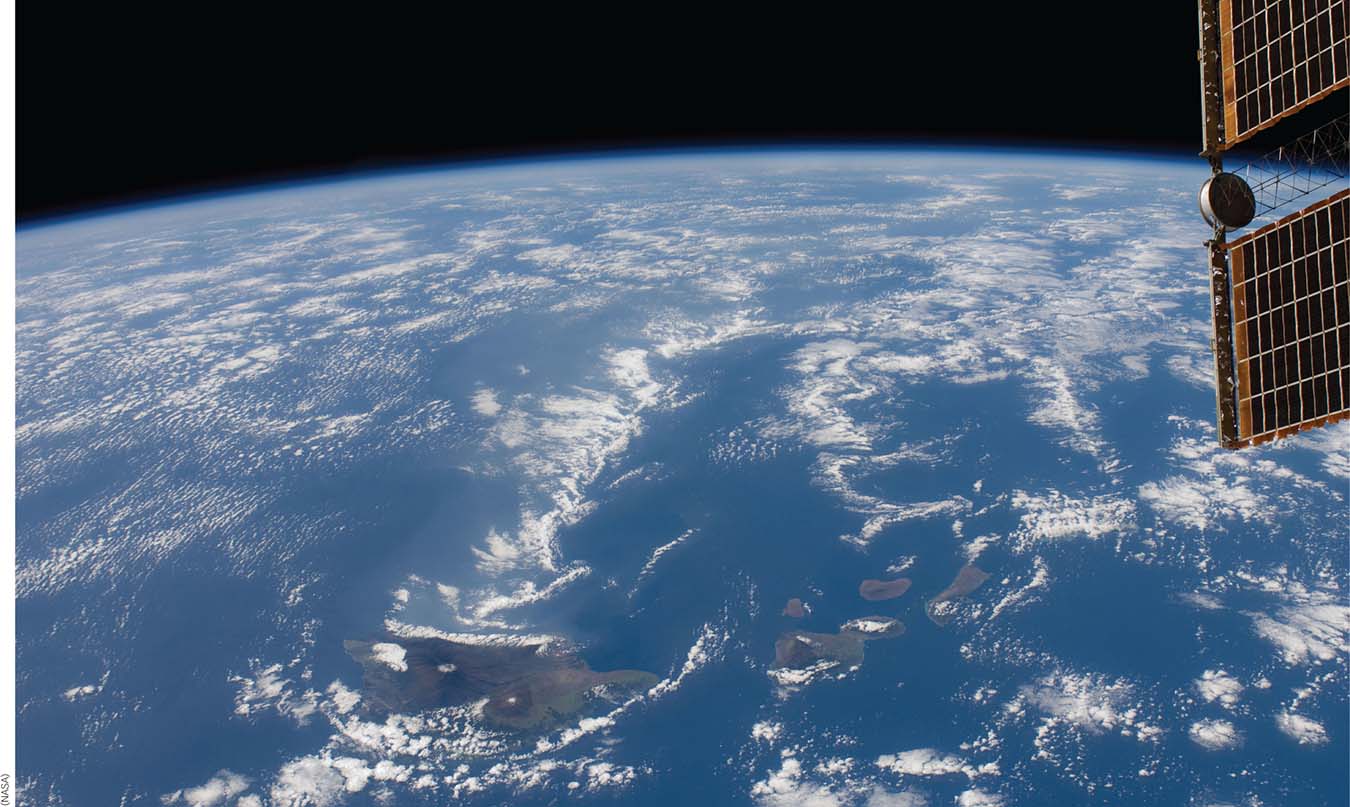Chapter Introduction
154
CHAPTER 6
Sustaining Water Supplies

155
Central Question: How can we meet human needs for freshwater, while avoiding or reducing environmental impact?
 SCIENCE
SCIENCE
Discuss the hydrologic cycle and how climate can affect it.
 ISSUES
ISSUES
Analyze the global demand for water, as well as the factors and industries that affect its availability.
 SOLUTIONS
SOLUTIONS
Discuss the individual, industrial, and societal tactics for sustaining water supplies.
Fresh Water Supplies Shrink as Demand Increases
156
The worst drought in 1,000 years destroys crops in California’s San Joaquin Valley and triggers water rationing, a reminder that freshwater is essential to human welfare.

Inch by inch, California’s Central Valley is sinking. Three unrelenting years of drought have wreaked economic, agricultural, and environmental havoc in a region that supplies the nation with more than a quarter of its food, including 350 crops ranging from almonds to wheat. There was a time when a farmer could drill a few hundred feet into the ground and have enough water to supply his farm for years, but, in the last decade, Central Valley farmers began to hire rigs that could bore 1,000 feet or more into the earth at a cost of hundreds of thousands of dollars. Extracting water from these ancient groundwater aquifers dries out and compacts layers of geologic sediments, causing the ground above them to sink. Once compacted, the capacity of the material to store water is permanently reduced. “Everybody is starting to panic,” a well driller named Steve Arthur told the San Jose Mercury News in March 2014. “Without water, this valley can’t survive.”
It’s the same story being heard all across the western United States. In April 2015 California’s Governor Jerry Brown ordered municipalities throughout the state to reduce water use by 25%. The city of Santa Cruz issued a moratorium on outdoor watering. Lake of the Woods, north of Los Angeles, has taken to trucking in their drinking water. Las Vegas, Nevada, is drilling a new tunnel underneath the Hoover Dam because water levels in Lake Mead are dropping below existing outlets.
157
“Water, water, every where, Nor any drop to drink.”
Samuel Taylor Coleridge, The Rime of the Ancient Mariner, 1798
freshwater Water with a salt content, or salinity, below that of brackish water (i.e., salinity less than 500 mg/l).
For thousands of years, humans have built structures to divert and store precious freshwater for drinking, sanitation, agriculture, and industry. However, there is a growing mismatch between human needs—
Water shortages across Earth present one of the most daunting environmental challenges of the 21st century. Damming rivers and diverting water can often solve water problems in the short term, but can lead to larger problems in the future. And any use of water by humans can harm aquatic and terrestrial ecosystems, which provide crucial services such as reducing sediment or purifying runoff before it reaches the ocean.
Central Question
How can we meet human needs for freshwater, while avoiding or reducing environmental impact?